The Future of First Aid Products
In recent years, there has been a significant shift in consumer behaviour towards health and wellness. People are becoming more conscious of what they put in and on their bodies, leading to a growing demand for natural, gentle, and low-intervention solutions in various aspects of life, including first aid.
The Rise of Natural First Aid Solutions
As consumers become more health-conscious, they are increasingly seeking out first aid products that align with their wellness values. This trend is driving the development and popularity of natural first aid solutions. These products often use ingredients derived from plants and other natural sources, offering a gentler alternative to traditional chemical-based treatments.
For example, natural antiseptics like tea tree oil and honey are gaining popularity for their antimicrobial properties. Similarly, aloe vera is widely used for its soothing and healing effects on burns and cuts. These natural solutions not only provide effective treatment but also minimise the risk of adverse reactions and side effects.
In addition to these well-known ingredients, there is a growing interest in lesser-known plants and herbs with medicinal properties. For instance, calendula, also known as marigold, is being used for its anti-inflammatory and wound-healing properties. Arnica, a herb from the sunflower family, is gaining recognition for its ability to reduce bruising and swelling. These natural ingredients are being incorporated into a variety of first aid products, from creams and ointments to sprays and patches.
Gentle and Low-Intervention Approaches
In addition to natural ingredients, there is a growing preference for gentle and low-intervention first aid methods. Consumers are looking for solutions that support the body's natural healing processes rather than relying on aggressive treatments. This approach is particularly appealing for parents who want to use safe and gentle products for their children.
One example of a low-intervention approach is the use of hydrogel dressings for wound care. These dressings create a moist environment that promotes faster healing while protecting the wound from external contaminants. They are easy to use, reduce pain and minimise scarring, making them a popular choice for minor injuries.
Another low-intervention method gaining traction is the use of cold therapy for pain relief and inflammation reduction. Cold packs and gels made from natural ingredients like menthol and arnica are being used to provide soothing relief without the need for pharmaceuticals. This method is particularly beneficial for treating sprains, strains, and other minor injuries.
The Role of Technology in First Aid
While the focus on natural and gentle solutions is growing, technology also plays a crucial role in the future of first aid. Innovations such as smart bandages and mobile health apps are enhancing the way we manage and monitor injuries. Smart bandages can provide real-time data on wound healing, while health apps offer guidance on first aid procedures and connect users with healthcare professionals when needed.
For instance, smart bandages equipped with sensors can monitor the moisture levels, temperature, and pH of a wound, providing valuable information to healthcare providers and caregivers. This technology allows for more precise and timely interventions, ultimately improving the healing process.
Mobile health apps are also transforming the first aid landscape by providing users with instant access to information and support. These apps can offer step-by-step instructions for common first aid procedures, track the progress of injuries, and even alert users when it's time to seek professional medical help. Some apps also include features like telemedicine consultations, allowing users to connect with healthcare professionals from the comfort of their homes.
The Importance of Education and Awareness
As the first aid landscape evolves, education and awareness play a crucial role in ensuring that consumers can make informed decisions about their health and wellness. Public health campaigns, workshops, and online resources are essential for spreading knowledge about natural, gentle, and low-intervention first aid solutions.
For example, community workshops on herbal first aid can teach participants how to identify and use local plants for treating minor injuries. Online courses and webinars can provide in-depth information on the benefits and applications of natural first aid products. By empowering consumers with knowledge, we can promote a more holistic approach to health and wellness.
Conclusion
The future of first aid is evolving to meet the demands of health-conscious consumers. By embracing natural, gentle, and low-intervention solutions, we can provide effective care that aligns with our wellness values. As technology continues to advance, it will further enhance our ability to manage injuries and promote healing in a safe and holistic manner.
Education and awareness are key to this transformation, ensuring that consumers are equipped with the knowledge they need to make informed choices. By combining the best of nature and science, we can create a future where first aid is not only effective but also aligned with our overall health and wellness goals.




